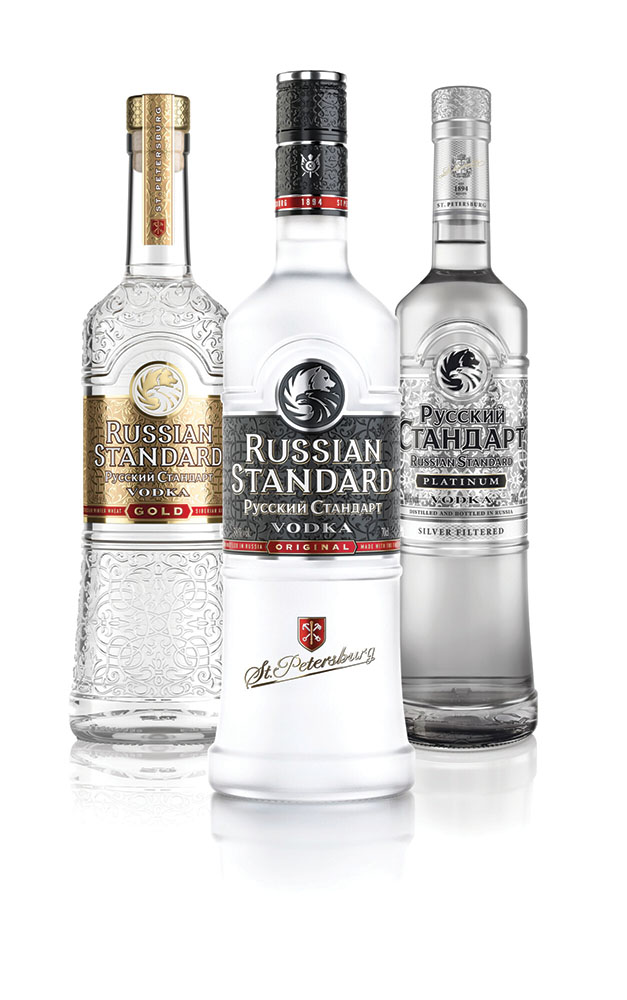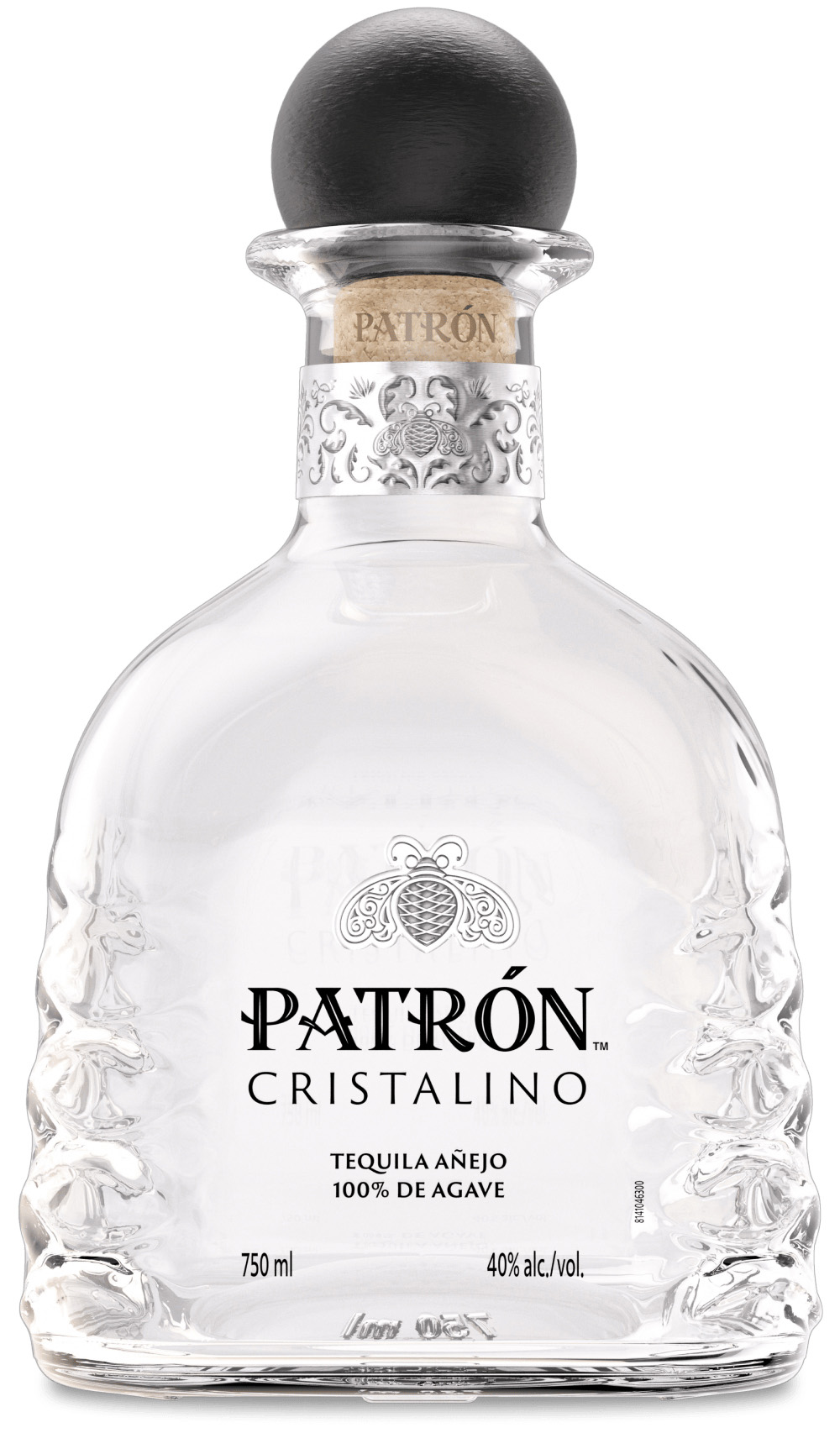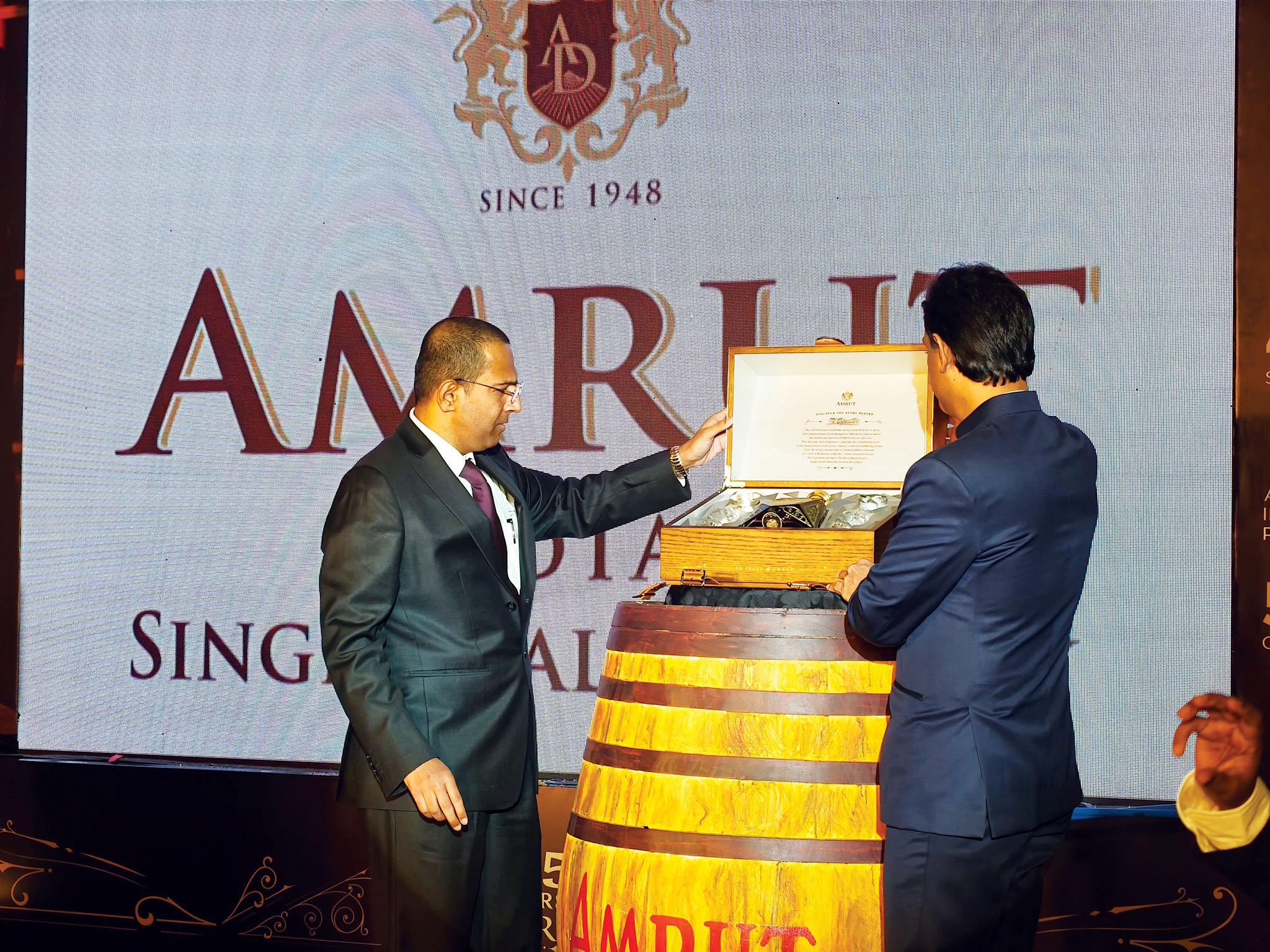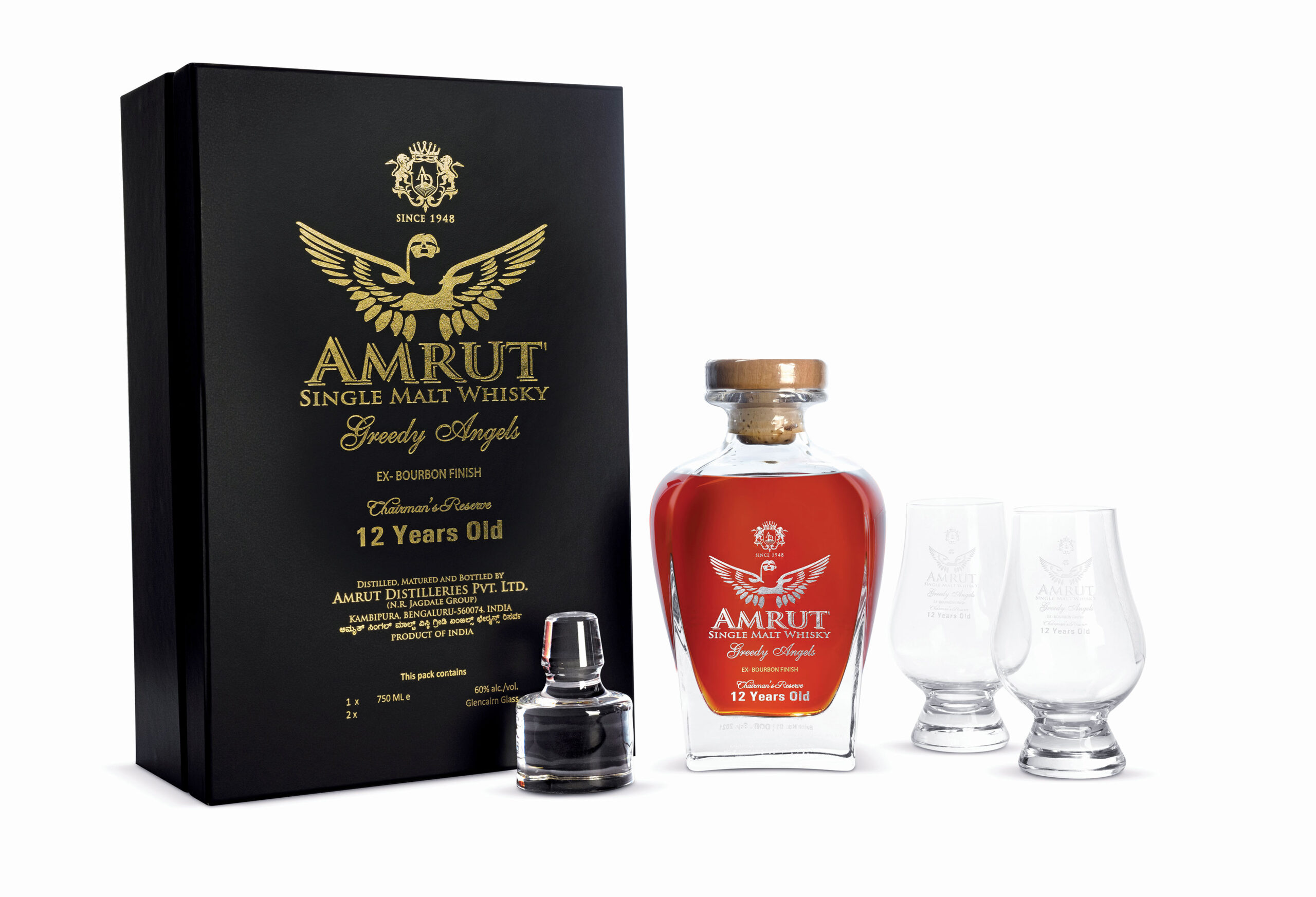A closer look at operational clarity and structured change. Simon outlines the mechanisms that guide progress across evolving business environments.
Transformation at a global company can look like a long list of frameworks, KPIs, and change decks. For Simon de Beauregard, Chief Transformation Officer at Pernod Ricard India, it looks more like a mix of sharp thinking, local intuition, and the steady rollout of tools that actually work. With over 15 years of experience across strategy, marketing, and digital roles in Europe and the US, Simon now leads a future-focussed mandate in one of the most layered alcobev markets in the world.
His remit spans widely yet stays precise; weaving technology into human behaviour insights, building teams that respond fast, and making room for innovation in a sector that comes with many rules. In this interview with Ambrosia, Simon walks through his approach to AI integration, creative enablement, regional execution, and the expanding role of data-driven intelligence across Pernod Ricard India.
How do you balance innovation with compliance while implementing AI strategies in a regulated market like India?
Responsibility forms the foundation of our work at Pernod Ricard India, and technology helps advance that cover across all areas. Strong compliance protocols shape both digital and physical initiatives, aligning fully with the Digital Personal Data Protection Act (DPDPA). Our AI roadmap prioritises governance, transparency, and sustainable outcomes. The team was designed with diversity and openness in mind, and we continue to strengthen our internal frameworks to maintain consistency, clarity, and long-term trust.
What’s the toughest part of changing internal mindsets while introducing AI into existing systems?
Mindset transformation is often the first, and most persistent, challenge. Encouraging teams to explore what AI can do—be it content creation, prompt development, or image generation—takes regular engagement. This shift begins at the leadership level and extends across departments. Our culture has always supported experimentation, which allowed us to embed AI early through our Key Digital Programs. These programmes focussed on communicating AI’s role, running detailed workshops, and investing in upskilling. Over time, we built internal teams that now manage these systems fully, allowing for tighter integration and stronger capability across the business.
Where do you draw the line on ethical AI usage in alcohol marketing within India’s context?
Our strategy reflects the country’s regulatory framework and its cultural distinctions. Every step—across content, outreach, and digital planning—complies with the DPDPA. Through our Drink More Water initiative, under Pernod Ricard’s global Responsible Party programme, we encourage moderation and hydration among adults of legal drinking age. Digital channels help share this message widely and effectively. The communication remains straightforward: balance matters, and water plays an essential role. The campaign has reached audiences globally and continues to grow through precision-driven distribution.
Could you share an example where AI-led insight shaped a campaign or business strategy?
Digital acceleration supports our premiumisation strategy in India. Tools such as Maestria, Matrix, and D-Star connect intelligence with action. Maestria studies usage patterns drawn from over 18,000 interviews to match each product with relevant occasions. Matrix tracks return on marketing investment, while D-Star enhances retail decisions through outlet-level data.
Maestria helps identify where each SKU fits across premium settings, and D-Star supported adjustments in bottle sizing based on regional preferences. This change contributed to a 46% conversion rate; significantly higher than the standard 10–20%. These platforms also assist more than 1,500 AI-supported sales representatives with real-time insights and agile decision-making.
Campaigns have also gained scale through these tools. During the ICC World Cup, we launched the “One Billion Films for One Billion Fans” campaign under Royal Stag Packaged Drinking Water. GenAI created personalised films placing fans alongside cricketing legends. With over 500,000 downloads, the campaign earned a Cannes Lion shortlist and multiple honours.
In another example, Imperial Blue Packaged Water’s Superhit Nights, in collaboration with Hardy Sandhu, offered personalised voice messages before his performances. This blended live engagement with digital interaction and contributed to a 50% increase in metrics such as click-through and view-through rates.
What are some of the early lessons Pernod Ricard India learned while integrating AI across sales and distribution?
A single framework doesn’t apply across India’s varied markets. Each region operates through unique regulations and distribution structures, which shape how data flows and tools respond. We adopted an 80/20 approach, starting with regions that provided higher return through faster scalability.
This required flexibility, domain-specific insight, and consistent experimentation. Customising global platforms for India played a central role in building long-term utility and relevance.
Does AI align with brand storytelling in a category like alcobev, where creative identity is key?
AI plays a supporting role across content development, audience engagement, and performance measurement. Our transformation framework was built to enhance human creativity by introducing greater speed, relevance, and precision. Tools like GenAI, customisation engines, and live performance analytics enable us to deliver communication that reflects both personal preferences and brand character.
Matrix allows continuous feedback by tracking response patterns and refining outreach strategies accordingly. These technologies work alongside brand teams, helping content stay consistent while adapting in real time to audience behaviour.
How does AI support outreach in India’s tier-2 and tier-3 markets?
We use technology to tailor brand presence in these geographies through specific partnerships and data-led localisation. For example, our activation with Swiggy Dineout introduced Jameson Ginger Ale and Ballantine’s Soda across select regional markets. This expanded both consumption occasions and consumer engagement, leading to a 40% increase in click-through rates. Campaigns like these combine national strategy with local insight, supported by AI-powered targeting.
What steps ensure that AI-led tools developed globally don’t overlook local dynamics in India?
India’s complexity requires finely tuned solutions. We adapt and calibrate every platform to suit market conditions. Maestria draws from extensive Indian research—over 18,000 interviews—and layers this data with pricing, demand projections, and behavioural analytics. This ensures that over 40 brands correspond closely with Indian usage patterns.
Matrix has been tailored to strengthen below-the-line performance, assigning financial outcomes to each tactical investment. D-Star improves store-level decision-making using real-time SKU information. Our local-first activations, including the Hardy Sandhu personalised campaign and the World Cup initiative, have begun shaping practices across other markets as well. These tools now serve as reference points within the group.
Where else across the value chain is AI making a difference beyond sales and marketing?
Forecasting plays a central role in planning, especially in a country as dynamic as India. We rely on AI-based platforms to estimate category growth, consumer preference shifts, and product performance at the state level. Social listening tools such as Radarly help us track emerging conversations, giving early cues for portfolio adjustments.
In operations, we apply computer vision in over a dozen safety-related scenarios; from spotting employees missing safety gear to identifying movement risks in high-traffic zones. At the group level, we’re scaling technologies like predictive AI, PR GPT, and sustainability-linked models for agricultural and environmental optimisation.
Our internal AI platform, Horizon, connects talent with opportunity by linking individual capabilities with business needs. This supports a skill-based workforce model that encourages learning, mobility, and future-readiness. Across the organisation, AI contributes to better planning, engagement, and workplace development.
What area still moves slowly across the industry when it comes to AI adoption?
Wider integration remains key. Value grows when AI reaches across business functions; from demand planning and content to supply chain and hiring. This has guided our own roadmap, where capability has been built across touchpoints. Our approach—framed as “AI meets conviviality”—channels real-world experiences with intelligent technology. This combination drives relevance, consistency, and personal connection across all consumer interactions.
QUICK TAKES
A campaign where AI’s impact stood out most?
The Absolut Vodka X Copy Lab project. The collaboration challenged how training data defines appearance and beauty. Through re-engineered inputs, it produced a set of fashion visuals that reflected inclusion and diversity, showing how AI can support cultural progress when guided with intent.
A skill that will define future leadership?
Integrated sustainability thinking. This area influences everything—from innovation choices and brand storytelling to performance measurement—across digital and product functions.
A professional shift that required personal adjustment?
Working in India brought new perspectives shaped by regional work styles and cultural codes. Immersing in this environment has added valuable depth to my learning curve.
A book or idea that influenced your outlook on innovation?
Tata Stories by Harish Bhat. It outlines how visionary thinking redefined industries while supporting community development. It reinforces how innovation becomes more impactful when anchored in purpose.
A space that helps you recharge and gain perspective?
The ocean. It’s where I reset, reflect, and reconnect with what matters.
A sentence that captures your leadership approach?
Curiosity builds bridges to ideas, people, and possibilities.

























